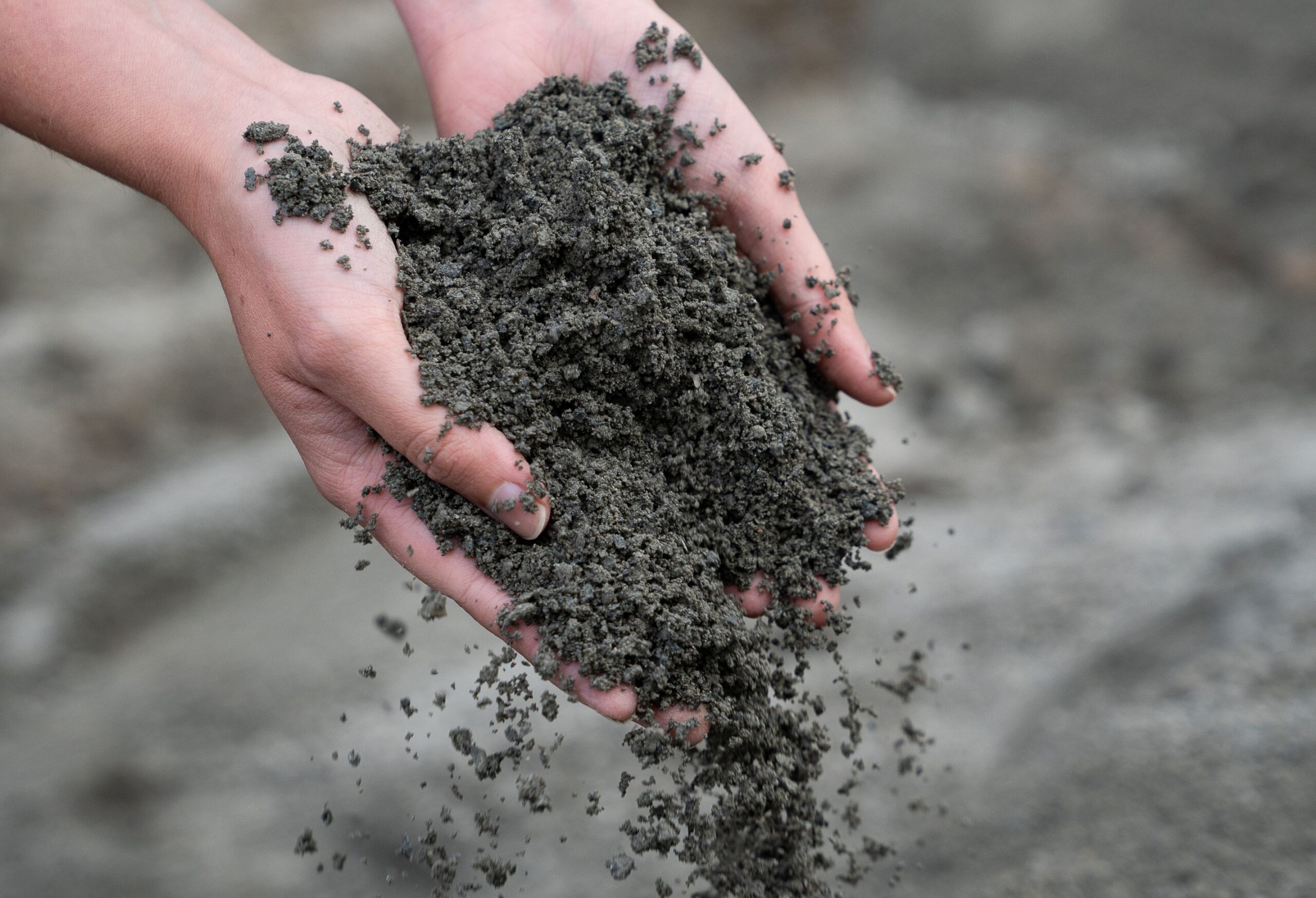In the ongoing quest for sustainable climate solutions, enhanced rock weathering (ERW) has emerged as a promising strategy for sequestering atmospheric carbon and revitalising soil health. Central to this approach is basalt, an abundant volcanic rock with unique properties that make it ideal for ERW. By examining basalt’s formation, chemical composition and role in ERW, we uncover its potential to revolutionise carbon sequestration and sustainable agriculture.
What is Basalt?
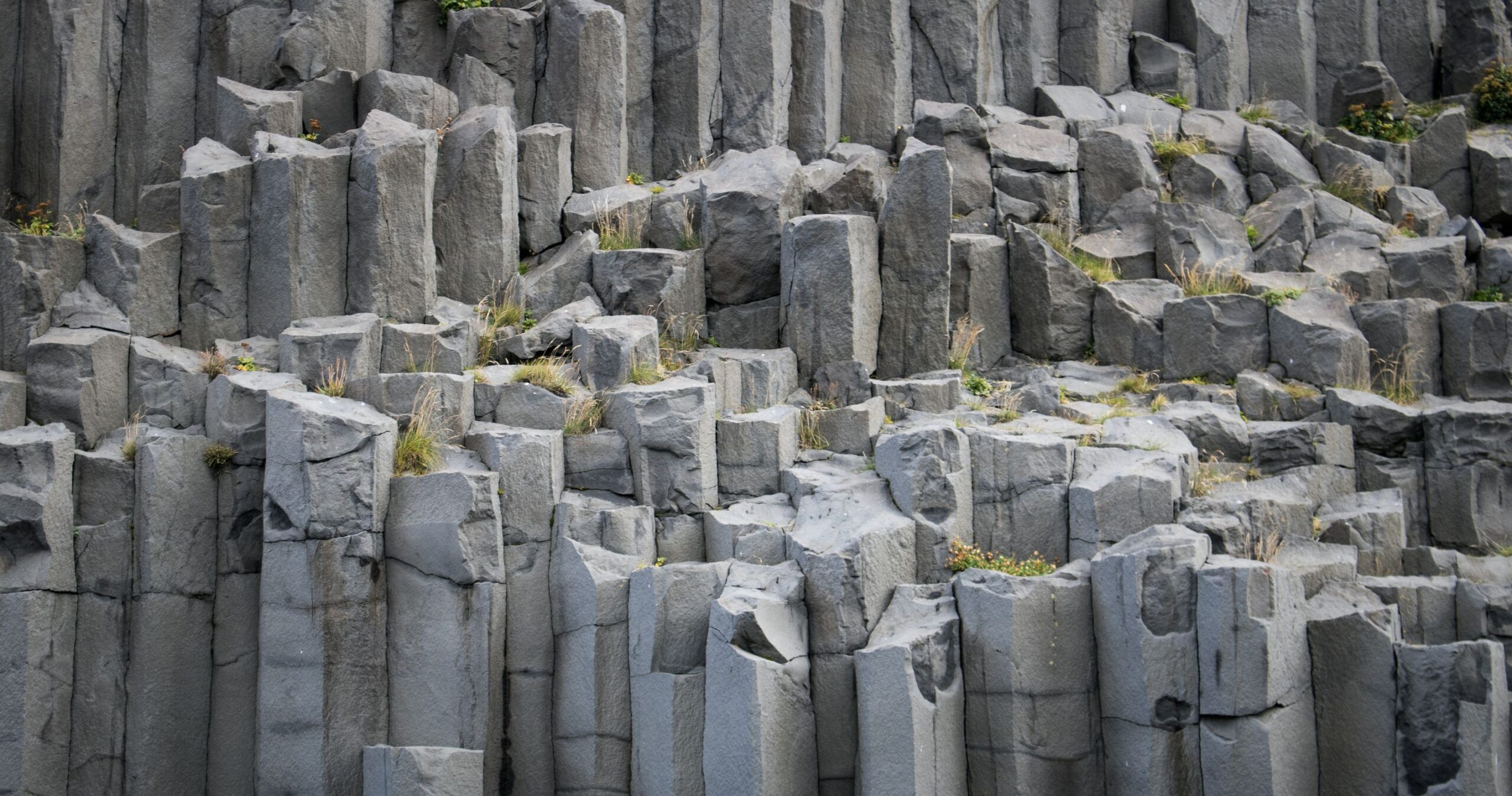
Basalt is a fine-grained, dark-coloured igneous rock primarily composed of feldspar and pyroxene minerals. It is the most abundant volcanic rock on Earth, formed from the rapid cooling of basaltic lava that erupts at or near the surface. Basalt’s alkaline mineralogy and widespread availability make it a highly practical resource for large-scale environmental applications.
How is Basalt Formed?
Basalt forms through volcanic activity, primarily when magma from the Earth’s mantle rises through the crust and erupts as lava. The rapid cooling of this lava at or near the surface creates the fine-grained texture typical of basalt. Several key tectonic settings produce basalt:
– Mid-Ocean Ridges: As tectonic plates diverge, magma rises to fill the gap, forming new oceanic crust composed mostly of basalt. These mid-ocean ridges, which stretch for over 65,000 kilometers across the ocean floor, are the largest volcanic features on Earth.
– Hotspots: Independent of plate boundaries, plumes of hot mantle material create volcanic islands like Hawaii, which are predominantly basaltic. Hotspots also form large volcanic plateaus on continents, such as the Columbia River Basalt Group in the United States.
– Continental Rift Zones: Where continental plates are pulling apart, basaltic lava flows to the surface, as seen in the East African Rift. This region experiences extensive volcanic activity and significant basaltic lava flows, contributing to the creation of new crust.
Large deposits of basalt are found in northern England and Scotland, where UNDO has its UK operations. The basalt in these areas formed as a result of geological activity long ago, namely the Highland Boundary Fault, the Southern Uplands Fault and the formation of a rift valley in the Central Lowlands.
Chemical Composition of Basalt
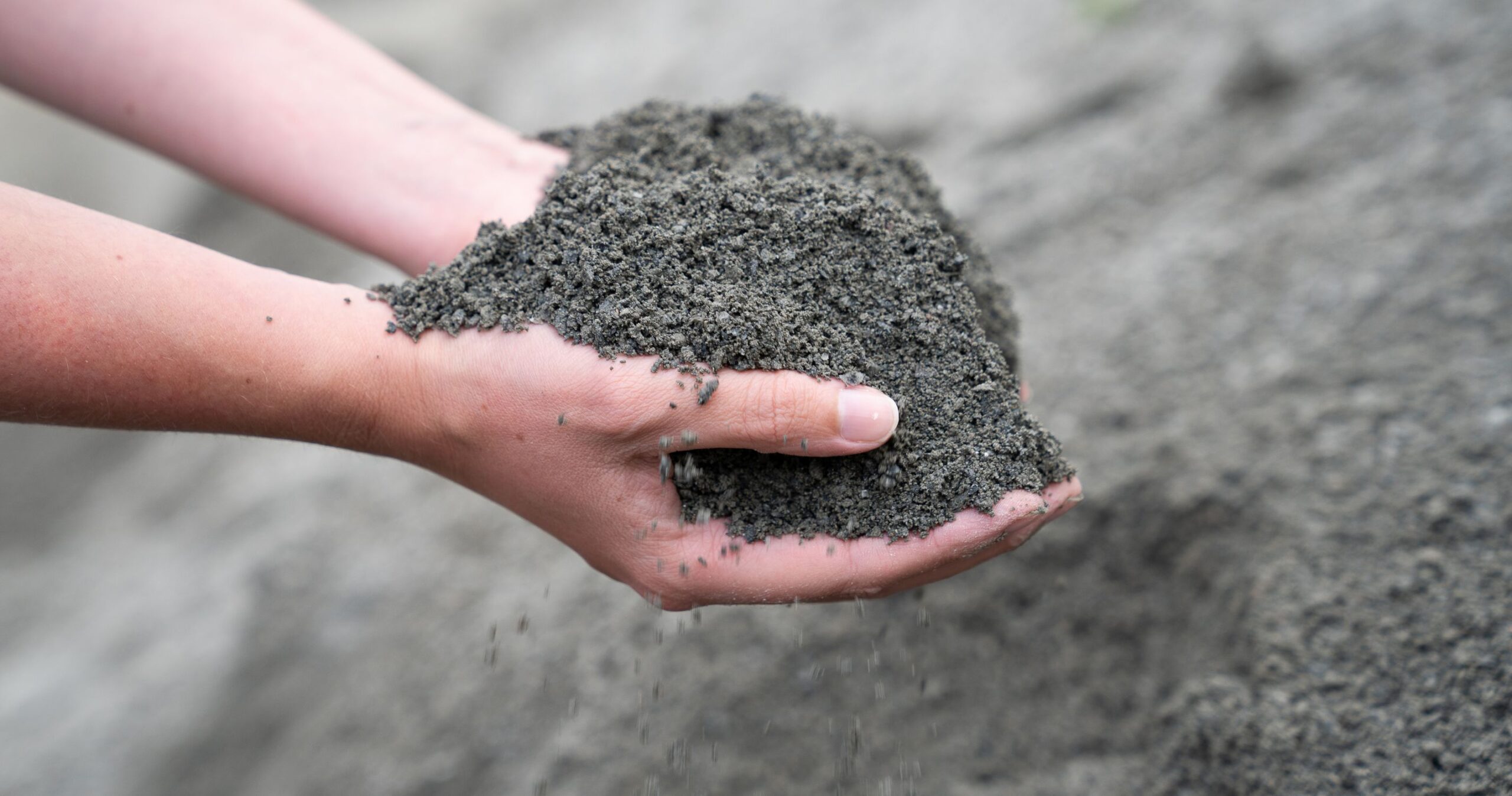
Basalt’s chemical composition makes it highly reactive and suitable for ERW. It contains approximately 45-55% silica (SiO₂), significantly less than acidic rocks like granite, which allows it to weather more rapidly. Basalt also contains substantial amounts of iron (Fe), magnesium (Mg), and calcium (Ca), with smaller quantities of aluminium (Al), potassium (K), and sodium (Na). Its mineral composition typically includes:
– Plagioclase Feldspar: A tectosilicate mineral group within the feldspar family. Plagioclase is often the most abundant mineral in basalt, contributing to its distinctive light-coloured speckles.
– Pyroxenes: A group of silicate minerals, often rich in iron and magnesium, that give basalt its dark colour.
– Olivine: A magnesium iron silicate that occasionally gives basalt a greenish hue when present in significant amounts.
These minerals define basalt’s physical characteristics and its chemical reactivity, making it well-suited for ERW. As basalt weathers, these minerals break down through chemical reactions, releasing ions into the soil and contributing to carbon sequestration.
What is Natural Rock Weathering?
Natural rock weathering is a fundamental process in the Earth’s carbon cycle, breaking down rocks into smaller particles through physical, chemical, and biological mechanisms. Weathering contributes to soil formation and regulates atmospheric CO₂ over geological timescales. The three primary forms of weathering are:
– Physical Weathering: Rocks are broken down through mechanical processes like freeze-thaw cycles and abrasion by wind or water. This form of weathering increases the surface area available for chemical reactions without altering the rock’s chemical composition.
– Chemical Weathering: Involves the chemical alteration of minerals within the rock, often through reactions with water and atmospheric gases. For example, carbonic acid (formed when CO₂ dissolves in water) reacts with minerals like feldspar in basalt, breaking them down and releasing ions into the soil.
– Biological Weathering: Plants, fungi, and microorganisms also contribute to rock breakdown. Roots can grow into cracks, exerting pressure that fractures rocks, while microbes produce acids that accelerate chemical weathering.
Basalt and Enhanced Rock Weathering (ERW)
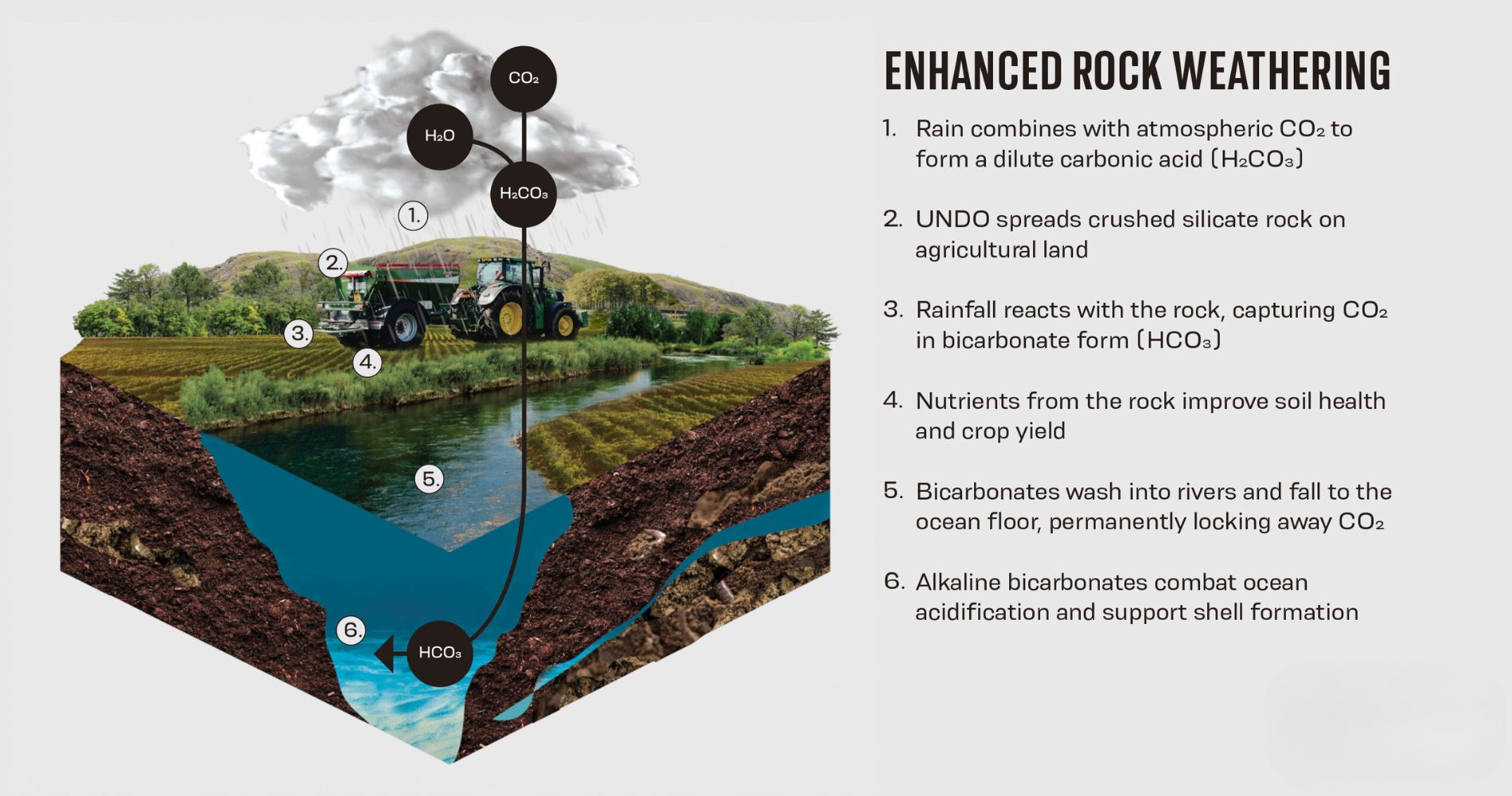
Enhanced rock weathering (ERW) is the deliberate acceleration of natural rock weathering processes to capture and store atmospheric CO₂. Basalt’s mineral composition makes it ideal for ERW. As basalt weathers, it reacts with CO₂ and water, forming stable carbonate minerals that sequester carbon for thousands to millions of years. Here’s how basalt is utilised in ERW:
– Grinding Basalt: To increase its surface area, basalt is finely ground. The smaller the particles, the more reactive they become, speeding up the weathering process.
– Spreading Basalt: The finely ground basalt is spread over agricultural fields, where it interacts with soil and atmospheric CO₂. This method is compatible with existing agricultural practices and can be implemented using standard farming equipment.
– Chemical Reactions: When basalt reacts with CO₂ and water, it forms bicarbonates and eventually stable carbonate minerals. This process transforms carbon into other stable forms, contributing to long-term sequestration. Simultaneously, the weathering of basalt releases nutrients like calcium and magnesium, which enrich the soil.
Benefits of Using Basalt for Enhanced Rock Weathering
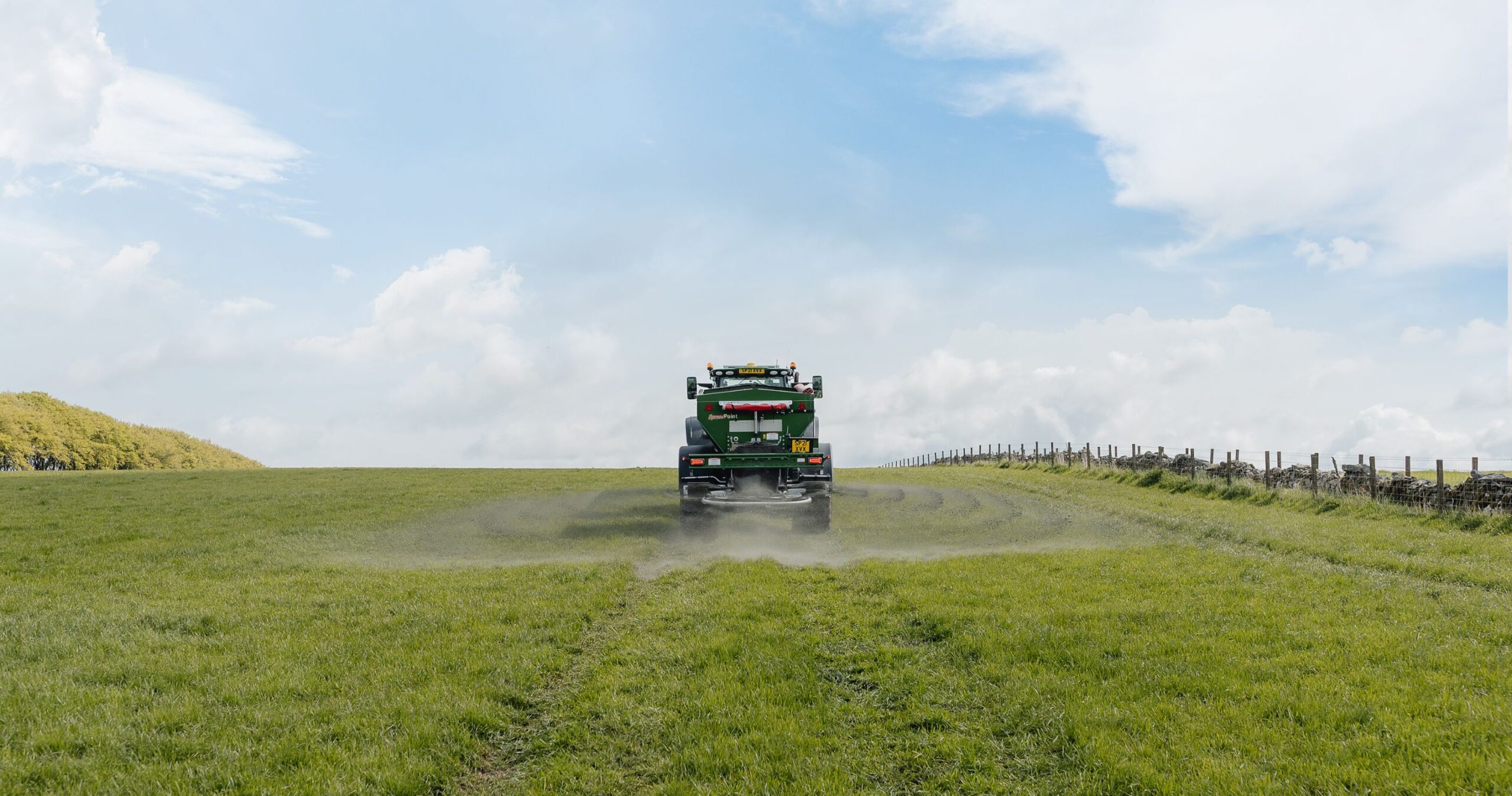
Utilising basalt for ERW offers a range of environmental and agricultural benefits:
– Carbon Sequestration: Basalt’s chemical properties allow it to react with CO₂ and water, forming stable carbonates that lock carbon away for millennia. ERW with basalt could sequester billions of tons of CO₂ annually if scaled.
– Soil Fertility: The slow release of nutrients like calcium, magnesium, and iron from basalt as it weathers improves soil health and fertility, supporting sustainable agriculture.
– Soil pH Regulation: Basalt helps neutralise acidic soils, which is crucial in regions where soil acidity limits agricultural productivity. The alkaline nature of basalt reduces acidity, improving crop yields and soil resilience.
– Reduced Dependence on Chemical Fertilisers: By naturally enriching the soil with essential minerals, basalt reduces the need for synthetic fertilisers, promoting more sustainable farming practices and lowering the environmental impact of fertiliser runoff.
– Reduced Production of NOx gases: Agriculture contributes significantly to N₂O emissions. Using special fertilisers and crushed basalt rocks for ERW can reduce agricultural emissions of N₂O without harming the ozone (O₃) layer.
– Abundant and Cost-Effective: Basalt is widely available and durable, making it a sustainable and cost-effective option for ERW at scale.
Key Chemical Reactions in Basalt Weathering
Understanding the chemical reactions involved in basalt weathering is crucial to appreciating its role in ERW:
Bicarbonate Formation:
As CO₂ dissolves in rainwater, it forms carbonic acid (H₂CO₃). This weak acid reacts with minerals in basalt, such as calcium and magnesium silicates, to form bicarbonates (HCO₃⁻). These bicarbonates are soluble in water and can be transported to the ocean, where they contribute to long-term carbon storage.
CaSiO₃ + 2CO₂ + 3H₂O → Ca²⁺ + 2HCO₃⁻ + H₄SiO₄
Carbonate Formation:
In soils and shallow waters, bicarbonates can further react to form stable carbonate minerals like calcite (CaCO₃) and magnesite (MgCO₃). These minerals are stable and sequester carbon for millennia.
Ca²⁺ + 2HCO₃⁻ → CaCO₃ + CO₂ + H₂O
These reactions are pivotal in basalt’s ability to significantly reduce atmospheric CO₂ concentrations while simultaneously enriching the soil.
Practical Considerations for Implementing Basalt ERW
The successful implementation of ERW using basalt depends on several practical factors:
– Particle Size: Finer basalt particles weather more quickly but can be more challenging to spread evenly across large areas. Finding an optimal balance between particle size and application efficiency is essential for effective ERW.
– Application Rates: The amount of basalt applied per hectare must be carefully calculated. Too little basalt may not achieve the desired CO₂ sequestration, while too much could potentially disrupt the soil ecosystem.
– Monitoring and Verification: To ensure the success of ERW projects, comprehensive monitoring of soil chemistry, CO₂ fluxes, and crop yields is necessary. Effective verification protocols will be key to scaling ERW responsibly.
– Economic Viability: While basalt is abundant and relatively inexpensive, the logistics of mining, grinding, and transporting basalt to application sites could incur significant costs. Support from governments, businesses, and carbon credit systems will be vital to making ERW economically viable for farmers and land managers.
Basalt’s Role in Building a Greener, Resilient Future
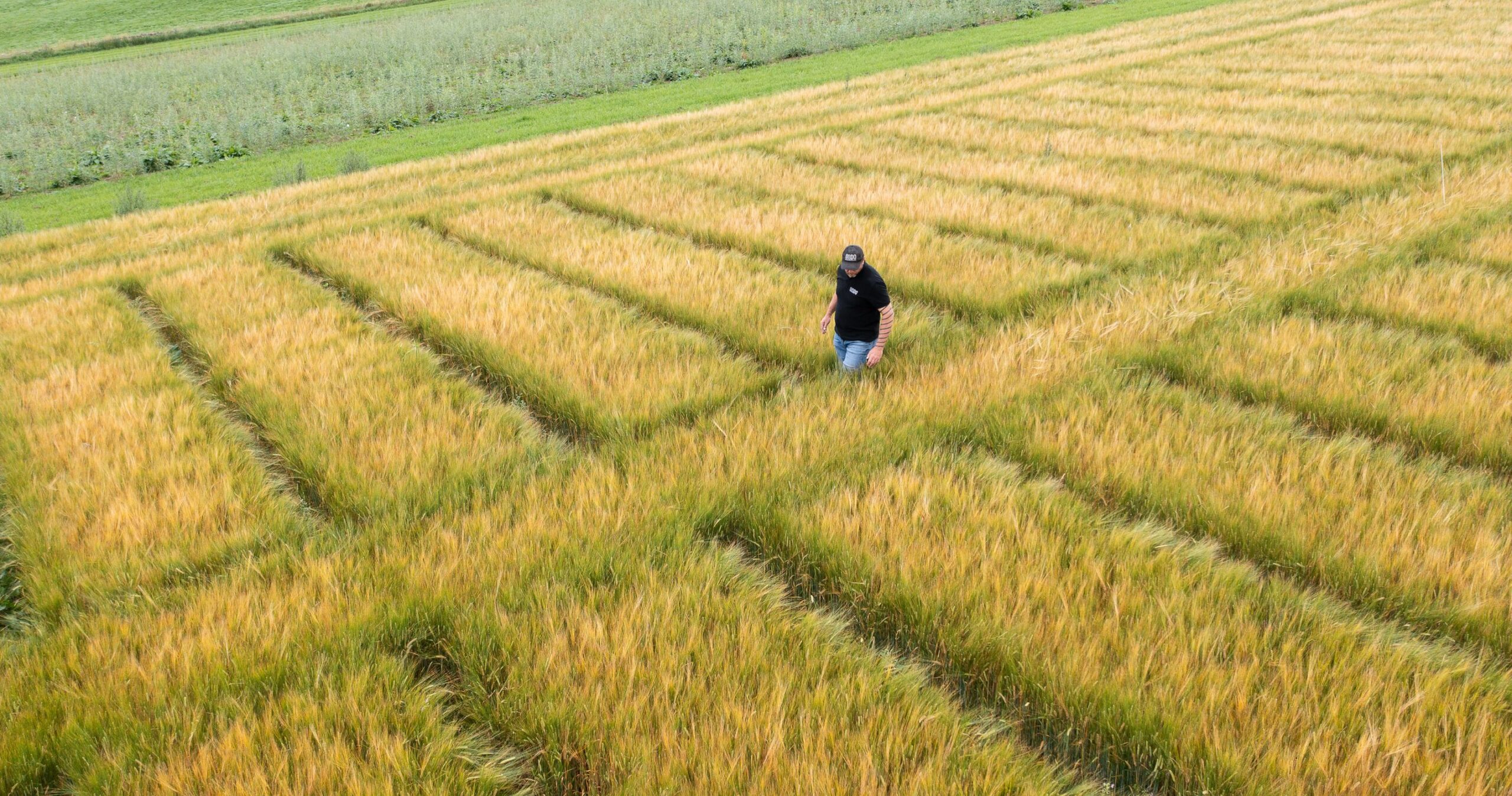
Basalt’s unique properties position it as a cornerstone in the fight against climate change. By harnessing its natural ability to sequester carbon and improve soil health, basalt is a key player in sustainable agricultural practices and large-scale carbon removal. As research and application of ERW with basalt advance, this volcanic rock has the potential to significantly contribute to a more sustainable future.
With its capacity to lock away CO₂ for millennia while enriching soil, basalt represents a powerful, multifaceted tool for climate action. Enhanced rock weathering with basalt is not only a scientific innovation but a tangible practice that aligns with the Earth’s natural processes, offering hope for a greener, more resilient planet.

Unlock the Power of Basalt for Carbon Removal
Discover how basalt is revolutionising carbon removal and sustainable agriculture through enhanced rock weathering (ERW). Join UNDO in scaling this powerful solution to meet global climate targets.


 " />
" />